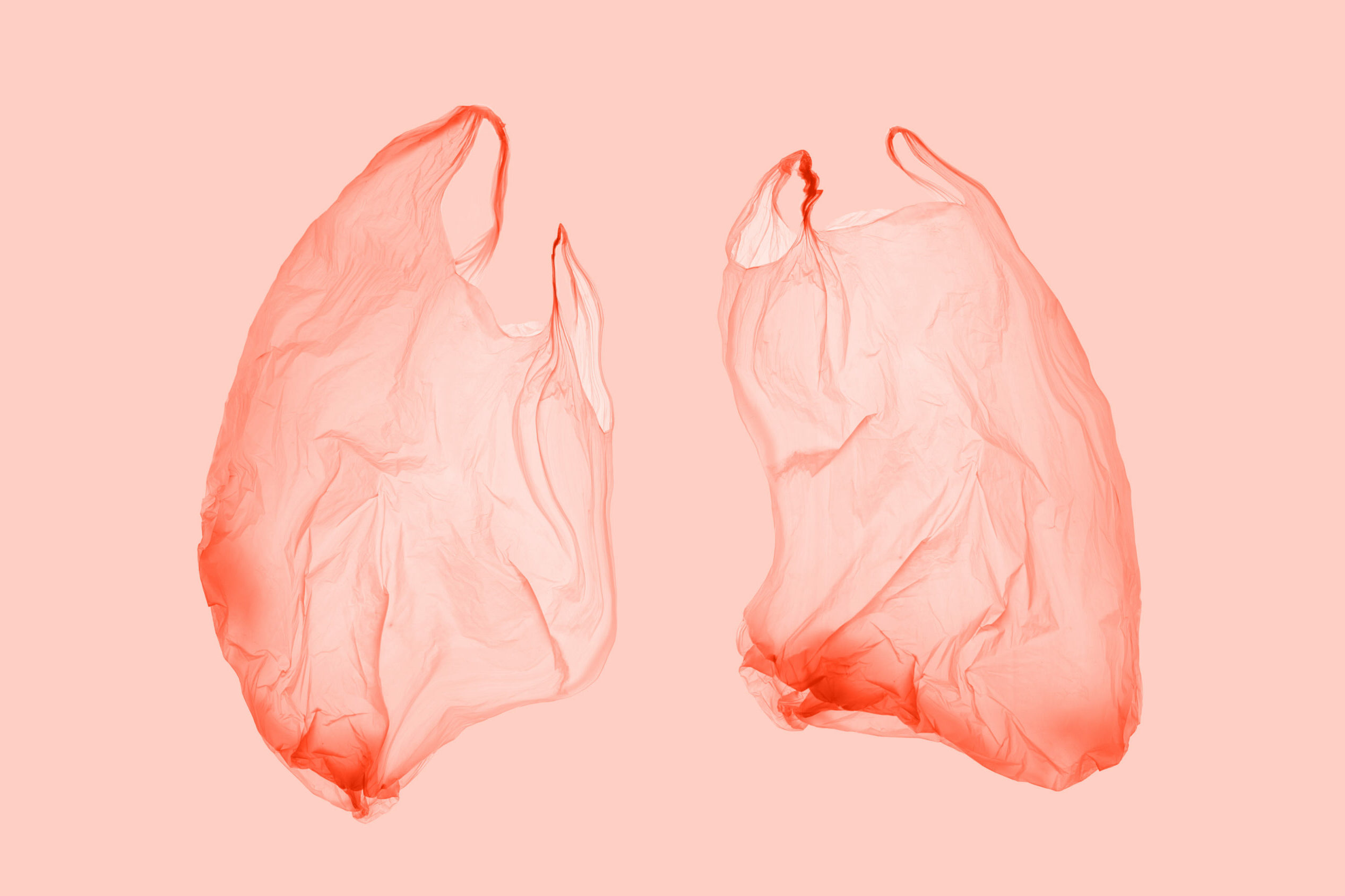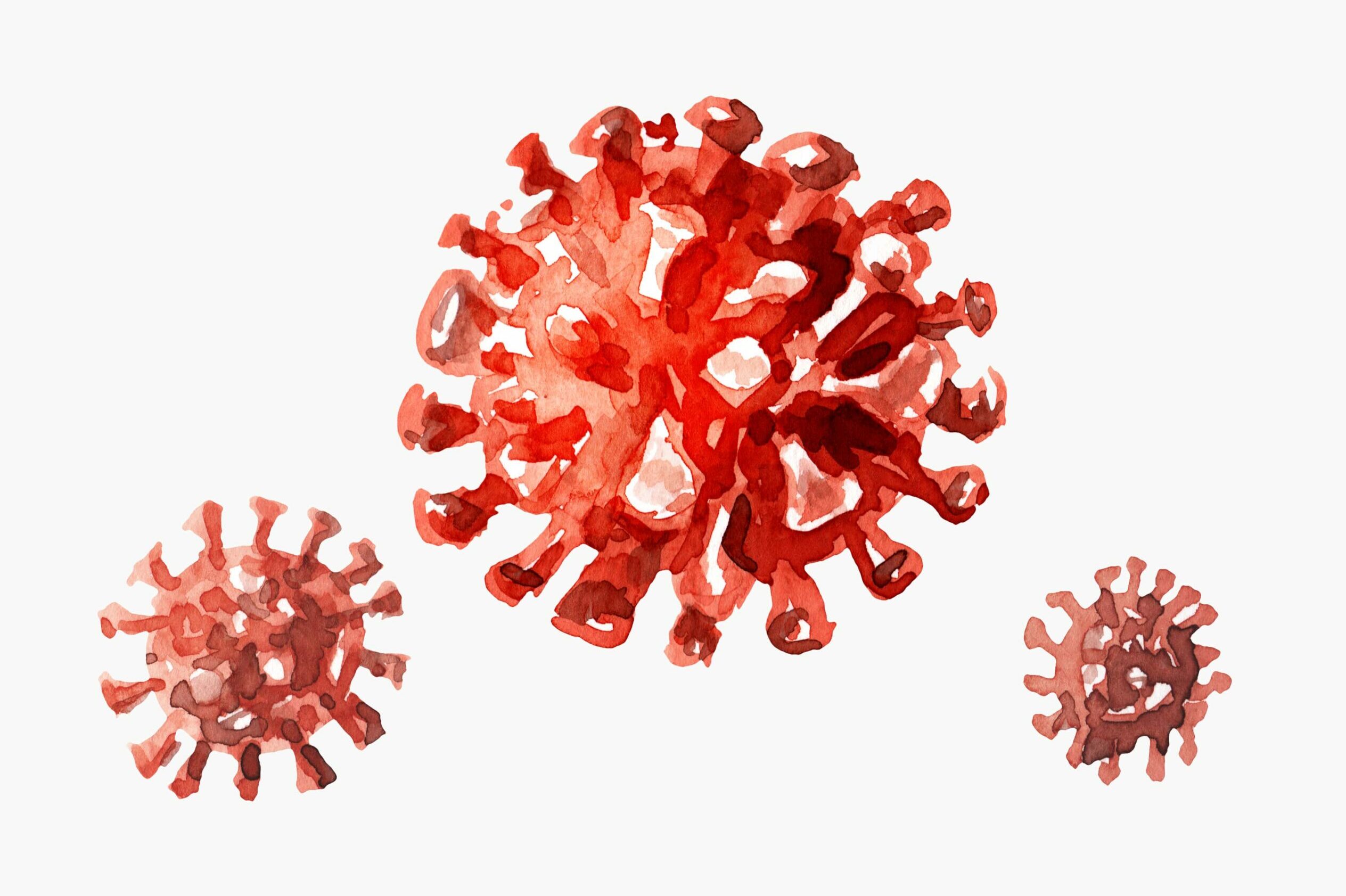Beyond the brain
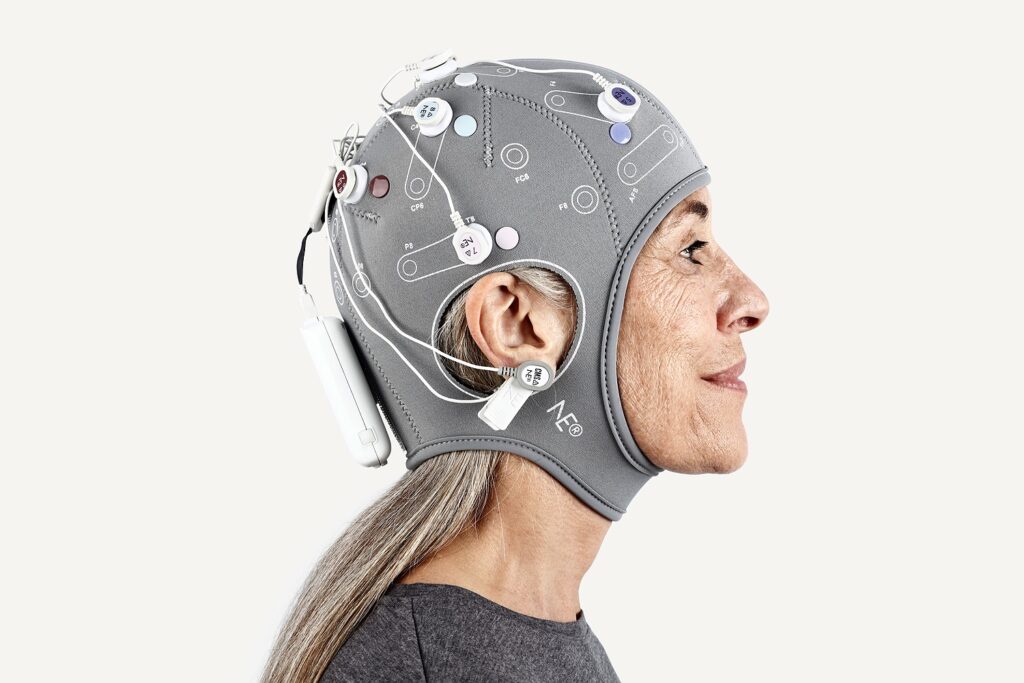
From vaccines to prosthetics, healthcare innovation has completely transformed society and saved millions of lives in the process. However, there is one area of medicine that is still in darkness: the study of the brain.
From epilepsy to mental health and Alzheimer’s disease, there are many neurological conditions we still don’t have cures or adequate treatments for. In the case of epilepsy, studies show that nearly 40% of people diagnosed with this condition don’t respond to the first or second medication they are prescribed with. In these cases, the usual courses of treatment include surgeries where a section of the brain has to be removed or an external device is implanted on the brain.
But what if there was another non-invasive way of treating these disorders?
Born in Spain in 2000, Neuroelectrics is a healthtech startup founded by Ana Maiques and Giulio Ruffini to develop non-invasive therapies for neurological disorders. The company has created a hat that can read brain activity through an EEG technology and create a 3D model of the brain. The cap contains electrodes that inject small amounts of electric streams to stimulate areas of the brain in a painless way.
The technology has already shown to be successful at preventing seizures, and Maiques’ team is now looking at obtaining the necessary approvals to commercialise the product, and research into possible use cases in other brain pathologies such as depression and Alzheimer’s.
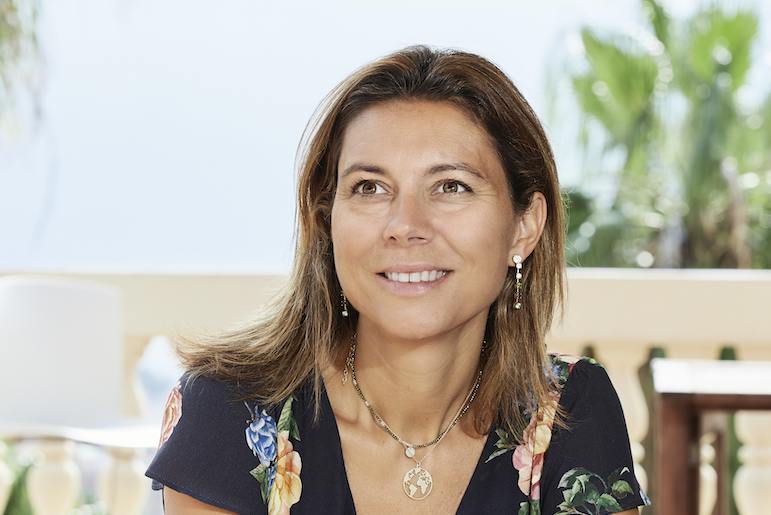
TFG: How did the idea to create Neuroelectrics come about?
Maiques: “My co-founder – he’s a mathematician – and I, we were really fascinated by the brain in terms of ‘How come the brain is working in an electrical way? And can we decode those electric signals from the brain?’ But also: ‘Can we interfere with those signals and try to model that brain activity?’ So we were, first of all, very fascinated by the brain, trying to learn more about how it works, especially from the physics and maths angle. And then, of course: ‘How can we use that decoding of the brain to really help so many patients in need? So that was really the driver behind our company.”
TFG: Why was there a need for new types of therapies like this one?
Maiques: “I think that drugs have been really good at helping a lot of patients, but in neuro, because the brain is so complicated, we’ve seen pathologies like epilepsy, where one-third of our patients don’t respond to medication, or depression, or Alzheimer’s where we don’t even have a cure. I think that there’s a gap there where you can use other technologies to help the brain heal.
“We truly believe that there are other ways to deal with brain diseases. And we really believe in the power of non-invasive brain stimulation, so injecting very low currents into the brain with the benefit that you cando these therapies at home. Before the pandemic, we already knew we wanted to go home. Just imagine a world where you suffer from epilepsy, depression, or Alzheimer’s, and you can be treated at home with a cap that can not only stimulate and help you heal your brain but also monitor in real-time what’s going on with the brain.
“This is unprecedented. This is not anything that pharma can do. You can provide the treatment, but you don’t know what is happening in real time, every day, to the brain while you provide the treatment.”
TFG: How does the technology work?
Maiques: “It’s a wireless cap that has up to 32 electrodes, and any of the 32 electrodes can do two functions. They can monitor brain activity, but they can also stimulate the brain, meaning injecting very low currents into the brain. So the tricky part is: ‘Where do you stimulate? And that’s where our know-how comes. For every patient we enrol in our epilepsy study, we get an MRI and an EEG of the patient, and we build a 3D model of their brain, you can call it a ‘neuro twin’. And with this ‘neuro twin’ we compute and we really come with the best stimulation paradigm for their brain and their disease. So this is really personalised brain therapy.
“In the case of epilepsy, what we are aiming to do is reduce seizures. For example, these patients don’t respond to medication. So the area of the brain is hyper-excited. If you can inject negative current and bring the excitation down, you may prevent seizures from happening.
“This is the way we are doing our clinical trial towards FDA approval in the United States, with 180 patients. We started at Boston Children’s Hospital without doing a 20 patient study. And the pilot showed how after 10 days of 20 minutes of stimulation every day in the hospital, we were able to reduce seizures by 44%. So it’s pretty remarkable that on a non-invasive means you can reduce seizures and the effects were lasting eight weeks after those 10 days. Of course, this means that the therapy will need to be repeated after those eight weeks, so that’s why it makes sense to continue at home.”
TFG: How can this therapy help people that suffer from depression?
Maiques: “There is some evidence that shows that electrical stimulation can really help patients with depression. There are patients which are currently receiving either TMS, which is transcranial magnetic stimulation, which is approved in the United States for depression, but also ECP – electroshock – for major depression disorders. So the concept of electric or non-invasive brain stimulation for depression has been there for a long time. I think that what we’re proposing is really this paradigm of being able to pay the technology home and do it on a repeated basis. We really think that with the mental health pandemic that we are going to have after COVID-19, this could be a really interesting new therapy for so many patients.”
We really believe in the power of non-invasive brain stimulation, so injecting very low currents into the brain with the benefit that you can really do these therapies at home
TFG: What was the biggest challenge in developing a new type of medical technology?
Maiques: “I think the biggest challenge when you’re coming up with a completely new therapy that doesn’t exist as an entrepreneur, is that you don’t only have to worry about the science and trying to understand what you’re doing and how to help patients, but also what is the regulatory process. So we have to go through the FDA regulatory process in the case of the United States. And we also need to consider the reimbursement model: ‘Who’s going to pay for it? What is the best market?’
“I think sometimes entrepreneurs in the scientific world underestimate what it takes to really bring a new therapy to patients. There are a lot of obstacles, but it’s also very exciting because in a way you have the feeling you’re creating a new category. And it’s kind of super cool to think that all those patients who don’t have alternatives may have one because of entrepreneurs and innovators like my team, who are really pushing those technologies forward.”
TFG: You have spoken up about the barriers women face when becoming CEOs. What are the main challenges that you’ve had to face in this regard
Maiques: “Regardless of what we believe, it’s still really tough to raise money, not only when you’re a woman, but with diversity in general. Bear in mind that only 2% of all the venture capital invested last year went into women-led organisations. Two percent is a pretty low figure. Why is that? I think because the bottom line is that most venture capitalists are men, or most of the partners in venture capital firms are men. And it’s not that they’re bad people, but they will tend to invest in people like them.
“What we need to do is to create structures in which there are many more women on the other side of the table, as well as diversity in general. I’m a white Western woman, right? I’ve faced a lot of difficulties, but I’m privileged. Just imagine you’re a Black woman or a woman from a minority background. I think that in general, diversity in venture capital or in the money business should be really encouraged because it’s stealing the hands of very alike people.”
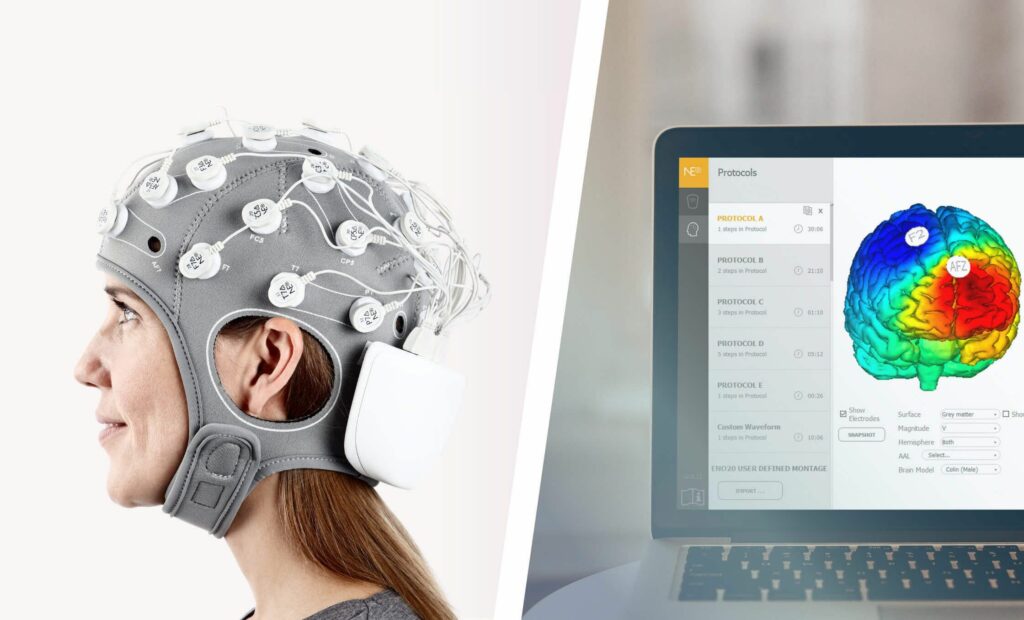
TFG: You’ve recently been appointed to the board of the European Innovation Council. Where do you see Europe in terms of innovation?
Maiques: “It has been an honour, and I really loved the European Innovation Council. It was created to respond to a very interesting fact, which is that Europe is pretty good at turning money into knowledge. We are the highest producer of scientific publications in the world. But we’re pretty bad at turning knowledge into money. So, once we have the knowledge, once we have the science, we are unable to scale up companies. We are good at creating companies, but we don’t scale them up to compete in the global world.
“I think that the motivation of the EIC is: ‘What can we do to turn knowledge into money and solve relevant problems in a responsible way?’ Can you do deep-tech technologies that are going to help solve the next generation of challenges for humanity?’ The green deal, green tech, digital health, all these challenges require deep-tech. What the European Commission is doing for the first time in its history is injecting money directly into companies, as equity, and helping them to scale and conquer other markets, and then being very connected with the researchers and help them to go from science to the market. So it’s really a privilege and I think there is an opportunity for Europe to really lead the pace of the new generation of unicorn companies.”
TFG: Where are the goals for Neuroelectrics for the next three to five years?
Maiques: “After our latest funding round, I really hope we can get in a couple of years the FDA clearance for our therapy. I would like to see Neuroelectrics as a new therapeutic platform for rare diseases. I really believe down the line, we are going to be a powerful brand. Every time we stimulate a patient at home, we are going to be collecting data about the brain. And this is going to be amazing in terms of the know-how we’re going to have on the brain and how to provide personalised innovative solutions to patients.”

